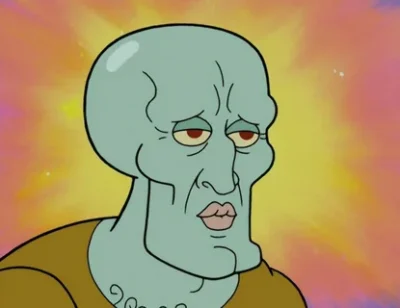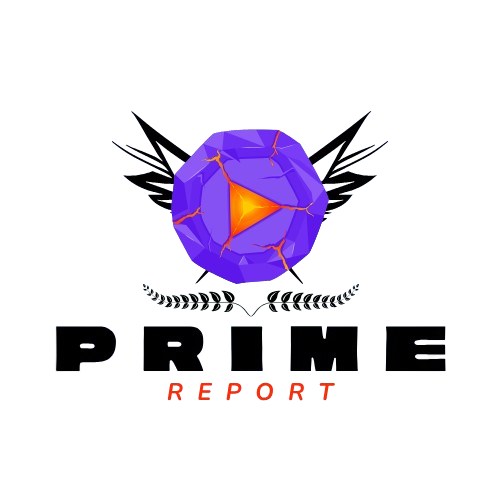In the vast, ever-evolving landscape of the internet, meme faces have carved out a special niche that transcends language, culture, and age. These sim
In the vast, ever-evolving landscape of the internet, meme faces have carved out a special niche that transcends language, culture, and age. These simple yet expressive cartoon-like faces have become an essential part of online communication, adding humor, emotion, and relatability to social media posts, chats, and forums worldwide. This article explores the origins, significance, types, and cultural impact of meme faces, explaining why they remain one of the most beloved internet phenomena.
What Are Meme Faces?
Meme faces are a series of stylized, exaggerated facial expressions used in internet memes to convey a wide range of emotions, from joy and sarcasm to frustration and disbelief. Unlike typical photographs or emoji, meme faces usually appear as black-and-white line drawings or sketches with simplistic but highly expressive features.
These faces are often paired with short captions that provide context or punchlines, turning simple images into relatable stories or jokes. They are especially popular in rage comics — simple, hand-drawn comic strips that depict everyday situations with a humorous twist.
Origins of Meme Faces
The meme face phenomenon began in the late 2000s, primarily on platforms like 4chan, Reddit, and Tumblr. The original rage comics used a handful of these faces to represent characters reacting to relatable scenarios, such as dealing with annoying coworkers, experiencing awkward social moments, or celebrating small victories.
One of the earliest and most iconic meme faces is the “Trollface,” created by Carlos Ramirez in 2008. This mischievous grin became synonymous with online trolling and pranks. Other early meme faces include “Forever Alone,” representing loneliness, and “Y U NO,” expressing frustration.
Over time, the collection of meme faces grew exponentially, evolving into a universal visual language understood by millions across the globe.
Why Are Meme Faces So Popular?
- Simplicity and Clarity
Meme faces use exaggerated expressions and minimal details, making them instantly recognizable and easy to interpret. Their simplicity allows users to convey complex feelings quickly without words. - Relatability
Many meme faces capture universal emotions or everyday experiences, making them highly relatable. People enjoy sharing these faces because they help express thoughts and feelings that might be difficult to put into words. - Versatility
Meme faces can be combined, edited, or captioned in countless ways, allowing endless creativity. This flexibility keeps meme culture fresh and engaging. - Accessibility
Because meme faces are simple to create and share, almost anyone can participate in meme culture. This inclusiveness has helped them spread rapidly.

Common Types of Meme Faces
Here are some of the most popular meme faces and the emotions or situations they typically represent:
- Trollface
A smirking face used to signify trolling or deliberately annoying someone for humor. - Forever Alone
A tearful, exaggeratedly sad face symbolizing loneliness or social awkwardness. - Y U NO Guy
A frustrated figure with wide eyes and clenched fists, used to demand explanations or express disbelief. - Rage Guy (FFFFFUUUUU)
A furious face expressing extreme anger or frustration. - Me Gusta
A content, weirdly pleased face often used to show odd enjoyment or satisfaction. - Okay Guy
A resigned, sad face indicating reluctant acceptance or disappointment. - Challenge Accepted
A determined face showing readiness to face a challenge or task. - Derp and Derpina
Silly or clueless faces representing generic male and female characters in meme stories. - Cereal Guy
A character who makes sarcastic or skeptical remarks, often accompanied by eating cereal.
How Meme Faces Impact Internet Culture
Meme faces have fundamentally changed how people communicate online. Beyond mere entertainment, they offer a shorthand way to express emotions and reactions, bridging gaps caused by text-based communication.
Cultural Influence
Meme faces have become embedded in pop culture. They appear on merchandise, advertisements, and even in political campaigns. Their influence extends to art, marketing, and education, proving that humor and relatability are powerful tools.
Social Interaction
Online interactions can often feel cold or impersonal. Meme faces inject personality and emotional nuance, helping users connect on a more human level. They also foster a sense of community, as sharing and recognizing meme faces builds a shared cultural knowledge.
Language Evolution
Meme faces contribute to the evolution of internet language by combining visuals and text. They encourage creativity in expression and storytelling, blending traditional memes with new media like GIFs and videos.
Creating and Using Meme Faces
With many meme faces now part of popular culture, users often create their own variations. Meme face generators and apps make it easy to customize expressions and captions to suit personal or situational humor.
When creating or sharing meme faces, it’s important to consider context and audience, as humor is subjective. What’s funny to one group might not be to another, and some meme faces can be misinterpreted or become outdated as culture shifts.
The Future of Meme Faces
As internet culture evolves, so will meme faces. New formats like deepfakes, AR filters, and AI-generated content could transform how meme faces are created and shared. However, the core appeal—simple, relatable, and exaggerated emotional expression—is likely to remain constant.
The rise of global social media platforms also means meme faces will continue to cross cultural boundaries, adapting to new languages and contexts.
FAQs About Meme Faces
Q1: Are meme faces the same as emojis?
No. While both are visual forms of expression, meme faces are usually hand-drawn, exaggerated cartoon-style images often used in comic strips or memes. Emojis are standardized digital icons used in texting and social media.
Q2: Where can I find meme faces?
Meme faces are widely available on meme databases, social media, and meme generator websites. They are often free to use and remix, but some popular faces may have copyright restrictions.
Q3: Can I create my own meme face?
Absolutely! Many online tools and apps let you draw or customize meme faces. Creativity and humor are key to making your meme face relatable and funny.
Q4: Why did meme faces become popular?
Meme faces gained popularity because they offer a simple, universal way to express complex emotions and everyday experiences in a humorous manner.
Q5: Are meme faces still relevant today?
Yes, although internet culture evolves quickly, meme faces remain a staple of online humor and communication, often resurfacing in new formats.
Q6: Can meme faces be offensive?
Like any form of humor, meme faces can sometimes be used insensitively. It’s important to consider the context and avoid using faces in ways that might offend or hurt others.
Q7: How do meme faces help communication?
They add emotional depth and humor to text-based communication, making conversations more engaging and relatable.
Conclusion
Meme faces are more than just funny pictures; they are a vibrant part of digital culture that helps people express emotions, connect with others, and share humor globally. Their simplicity and relatability have made them timeless tools in the evolving language of the internet. Whether you’re a casual internet user or a meme enthusiast, understanding meme faces offers a fascinating glimpse into how humor shapes online interaction.
More Info: primereport




COMMENTS